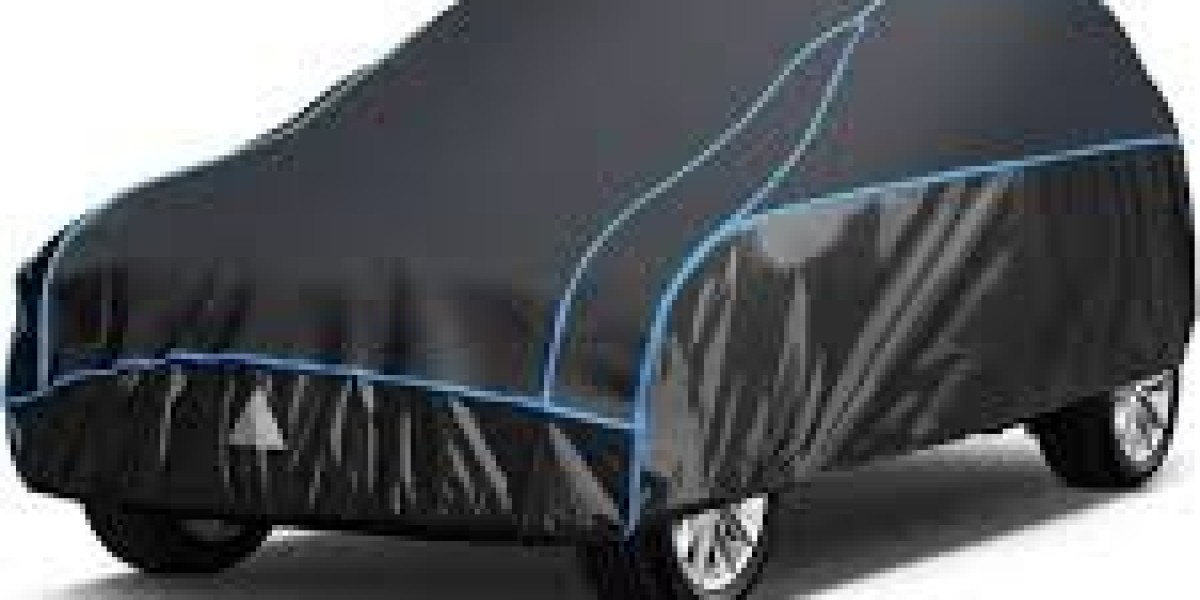Whether it’s a sunny beach day, a backyard party, or a camping trip, staying protected from the sun is essential. This is where shade tents come in—a versatile solution for outdoor comfort and safety. In this guide, we’ll explore everything you need to know about shade tents: types, benefits, setup tips, and how to choose the perfect one for your needs.
What is a Shade Tent?
A shade tent is a portable shelter designed to provide protection from the sun, light rain, and wind. Unlike permanent structures, shade tents are lightweight, collapsible, and easy to transport, making them ideal for a variety of outdoor activities. They typically feature a durable canopy supported by a frame made of aluminum or steel.
Key Benefits of Using a Shade Tent
1. Sun Protection
Shade tents block harmful UV rays, reducing the risk of sunburn and heatstroke. This makes them perfect for kids’ play areas, outdoor events, and sporting activities.
2. Versatility
They can be used at the beach, garden parties, camping trips, or outdoor markets. Many models also include sidewalls for added privacy and protection against wind or light rain.
3. Easy Setup and Portability
Most shade tents feature a pop-up or foldable design, allowing you to set them up in minutes. Their lightweight structure makes them easy to carry and store.
4. Cost-Effective Outdoor Shelter
Compared to permanent gazebos or pavilions, shade tents are affordable while offering similar protection.
Types of Shade Tents
Pop-Up Shade Tents
Best for casual events.
Features automatic folding frames for quick setup.
Canopy Tents
More durable and suitable for long-term outdoor use.
Often used in markets, fairs, and camping.
Beach Shade Tents
Lightweight and compact.
Often include UV-resistant fabric and sand pockets for stability.
Heavy-Duty Shade Tents
Designed for frequent use or larger gatherings.
Stronger frames, waterproof fabrics, and optional sidewalls.
How to Choose the Perfect Shade Tent
1. Size
Consider the number of people you want to shelter. Common sizes range from 5x5 ft for small gatherings to 10x20 ft for large events.
2. Material
Look for UV-resistant, water-repellent fabric with strong stitching. Aluminum or steel frames offer stability without excessive weight.
3. Portability
If you plan to move your tent frequently, prioritize lightweight and foldable designs.
4. Additional Features
Sidewalls for privacy or weather protection
Adjustable heights for better comfort
Anchoring options for windy conditions
Tips for Using a Shade Tent Safely
Anchor properly: Use stakes, sandbags, or tie-downs to prevent the tent from blowing away.
Check the weather: Avoid using in extreme wind or heavy rain.
Maintain regularly: Clean the canopy and check the frame for damage to extend its lifespan.
Conclusion
A shade tent is an essential outdoor accessory that combines convenience, comfort, and protection. Whether you’re hosting a backyard party, spending a day at the beach, or attending a sports event, the right shade tent ensures everyone stays cool and safe. With the variety of types, sizes, and features available, there’s a perfect shade tent for every outdoor adventure.








